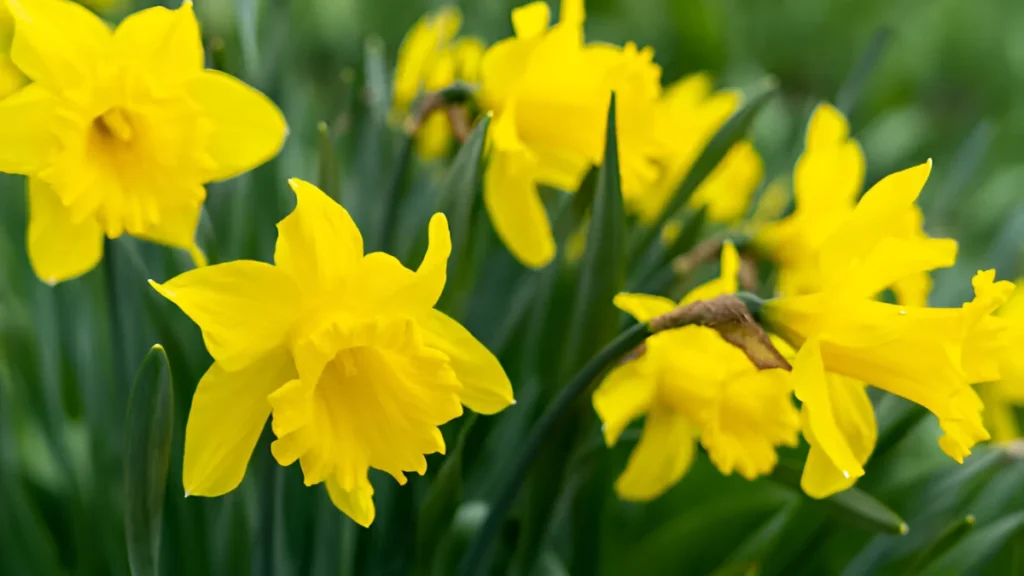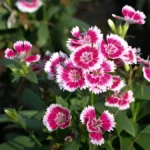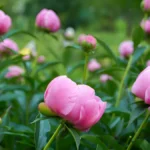Daffodil blooms, or Narcissus as they are scientifically known, are among of the most popular and recognizable flowers in the world. Native to regions of Europe and North Africa, daffodils have been farmed for thousands of years in these regions. This guide will give you priceless advice and methods to help your daffodils thrive and add breathtaking beauty to your yard, regardless of your level of gardening experience.
Why daffodils?
Narcissus spp., or daffodil, is one of the most popular spring bulbs. After the long winter, their vivid orange, white, and yellow blossoms can brighten any garden. Daffodils are not only aesthetically pleasing but also resilient, simple to grow, and disease- and pest-resistant, making them a great option for gardeners of all experience levels.
Knowing the various types of daffodils:
- Trumpet daffodils: Among the most common types, these have big, trumpet-shaped blooms.
- Double daffodils: Distinguished by several petal layers that give them a rich, ruffled look.
- Miniature daffodils: These daffodils are equally lovely but smaller, making them ideal for borders and rock gardens.
- Poeticus daffodils: Also called Pheasant’s Eye, these daisies have a charming scent and a little cup with a crimson border.
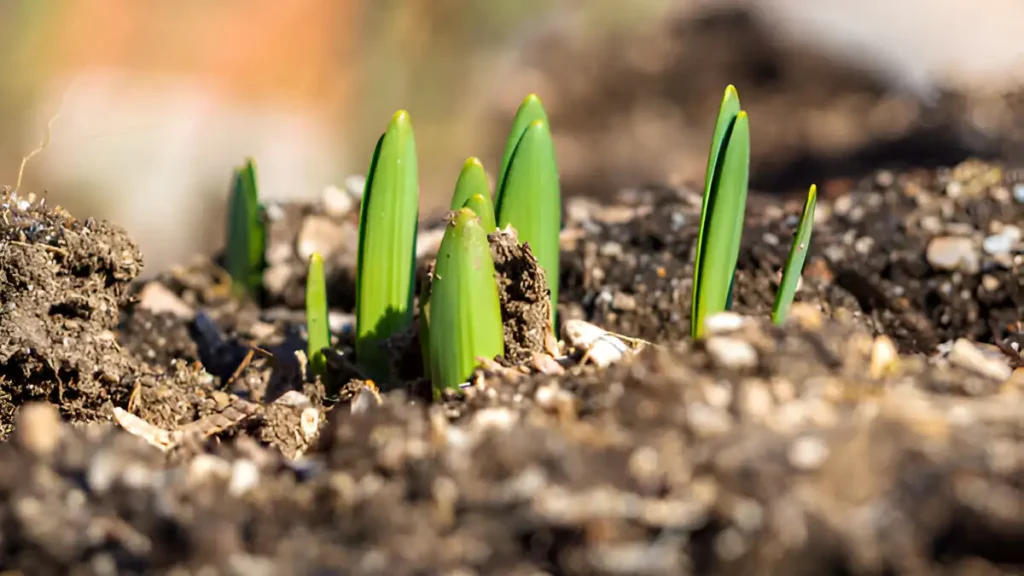
The daffodil planting process:
- Select a sunny spot with well-draining soil. While they can survive in some shade, daffodils prefer full sun.
- Bulbs should be planted in the fall, six to eight weeks before the ground freezes. The bulbs are able to form roots before winter thanks to this timing.
- Plant bulbs at a depth of 6 to 8 inches and a distance apart of roughly 3 to 6 inches. This spacing keeps them from getting too crowded and guarantees they have enough space to grow.
- To enhance fertility and drainage, amend the soil with compost or well-rotted manure. Daffodils favor soil that is slightly acidic over neutral.
How to take care of daffodil:
- After planting, give the bulbs plenty of water. Make sure they get about one inch of water every week during the growing season, especially if there isn’t enough rainfall.
- As the shoots develop in the early spring, apply a slow-release fertilizer that is balanced. Steer clear of fertilizers with a lot of nitrogen since they may encourage leaf growth at the price of blooms.
- Cover the plants with mulch to retain moisture, keep weeds at bay, and keep the soil at a constant temperature.
- Eliminate wasted blooms to stop the plant from focusing its energy on producing seeds. But, since the foliage helps restock the bulb for the following season, leave it in place until it naturally withers.
- Daffodils can occasionally have fungal illnesses or bulb rot, despite their remarkable resistance to pests. To prevent these problems, make sure there is enough drainage and don’t overwater.
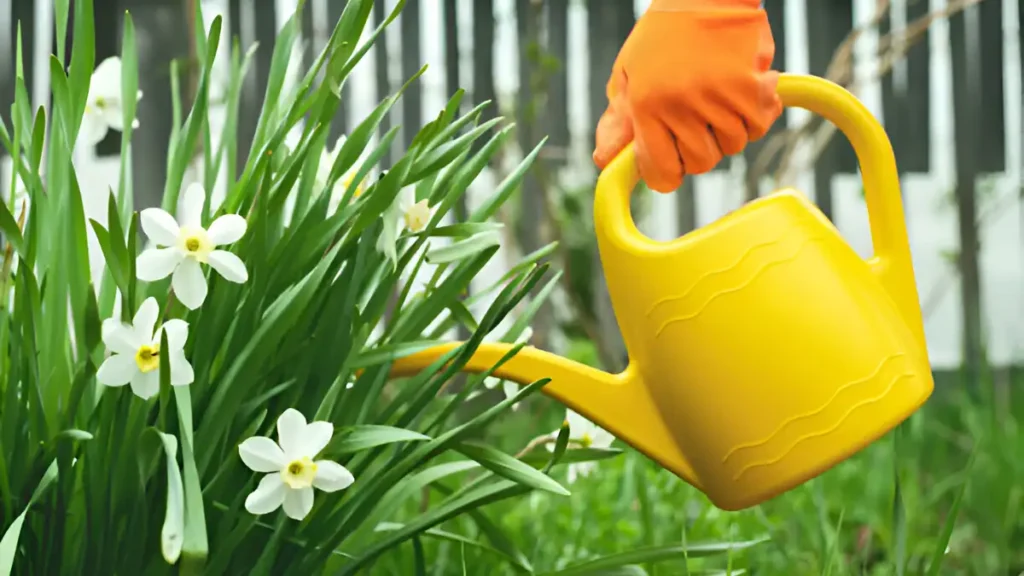
Conclusion:
You will acquire the skills and self-assurance required to grow gorgeous daffodil displays by using Daffodil Secrets. Regardless of your level of experience, our detailed instructions will help you produce colorful, rich flowers that will make your neighbors green with envy. Together, let’s take this journey to bring out the most in your daffodil blossoms and create a bright, colorful haven in your yard.
Certainly! If you’d like to learn more, please consider following our WhatsApp Channel: Harvest Gardening
A frequently asked questions:
Q1: When to plant daffodil bulbs?
A1: In the fall, two to four weeks before the ground freezes, plant daffodil bulbs. They are able to set roots before winter thanks to this timing.
Q2. Are daffodils poisonous to cats?
A2. Yes, if consumed by an animal, daffodils are harmful. Daffodil bulbs contain toxic alkaloids, like lycorine, which, if swallowed by animals, can result in vomiting, diarrhea, stomach pain, and even more severe symptoms. Daffodils should be kept out of pets’ reach to avoid accidental eating.
Q3: How to handle a dying daffodil?
A3: Find a spot that is dry and free of frost after the flower has finished blooming to give the bulb time to die down. Replant outdoors in a sunny, protected area once they have recovered to their bulbous state so that you can enjoy flowers the following year.

